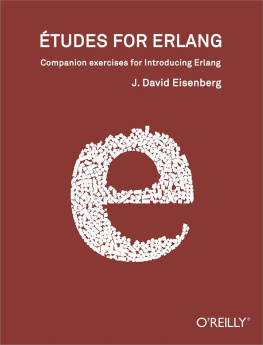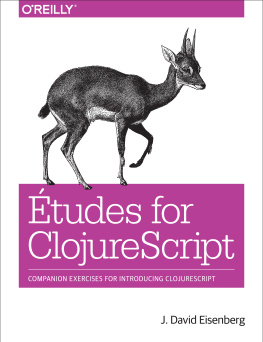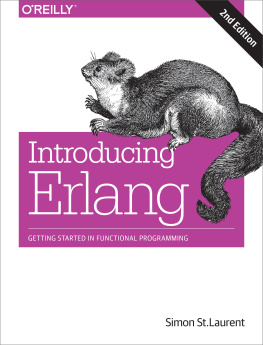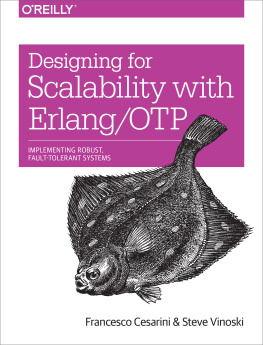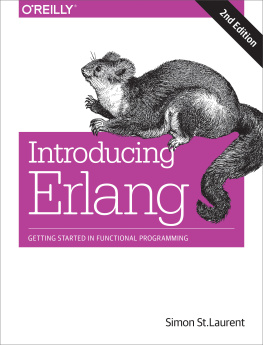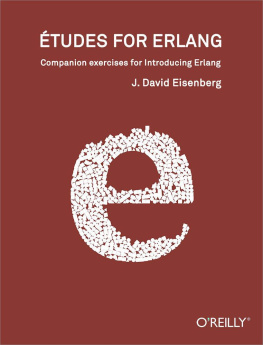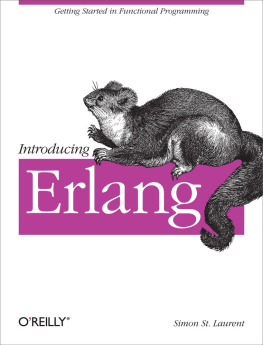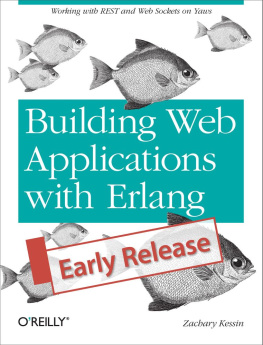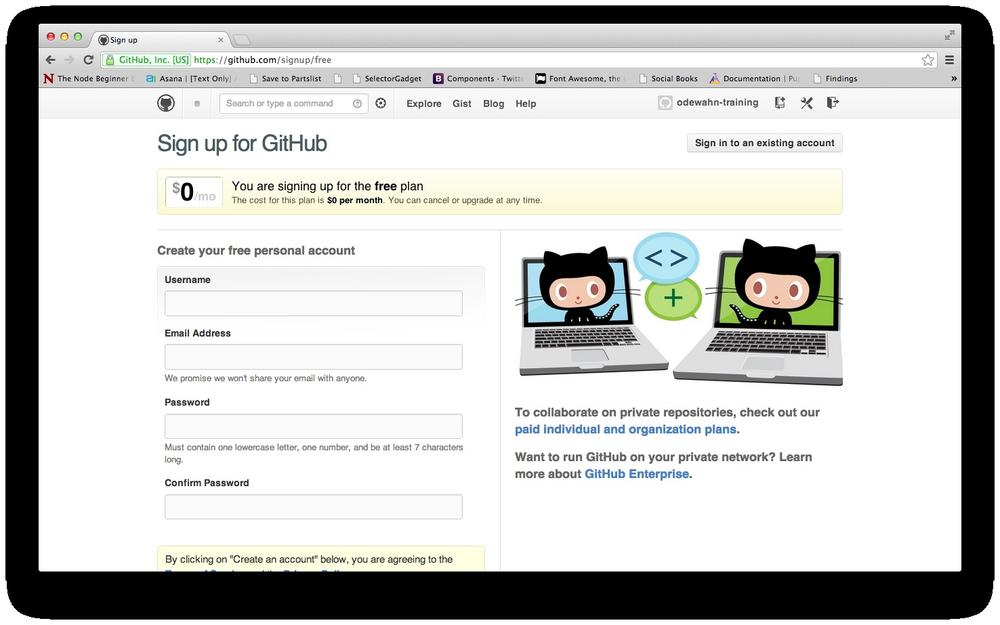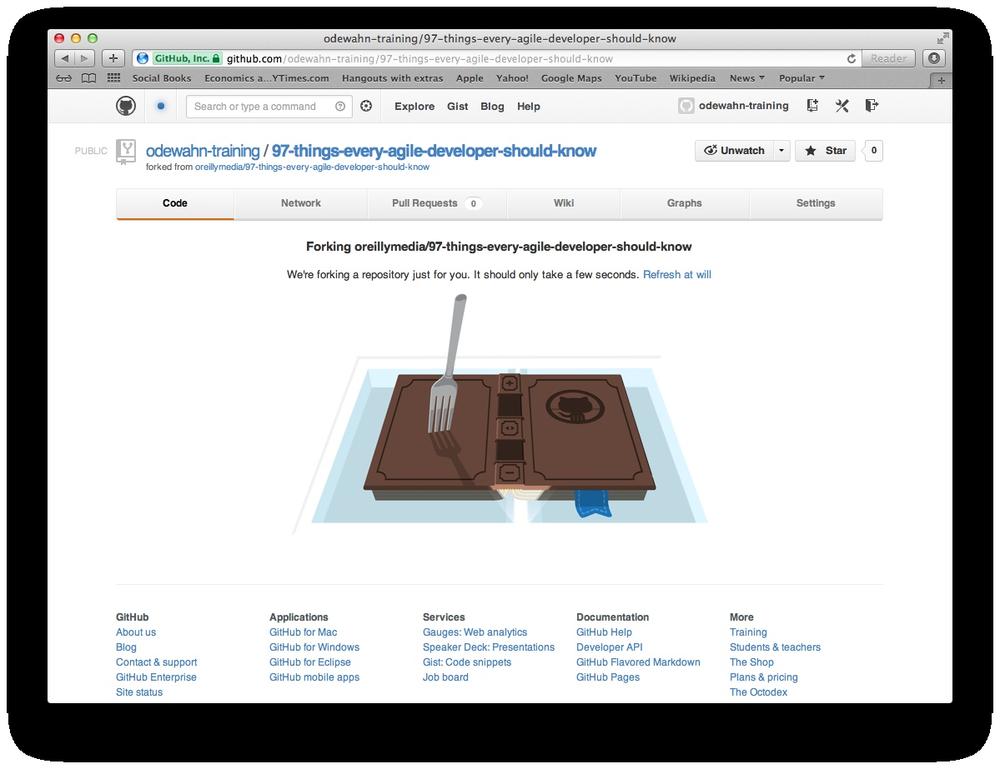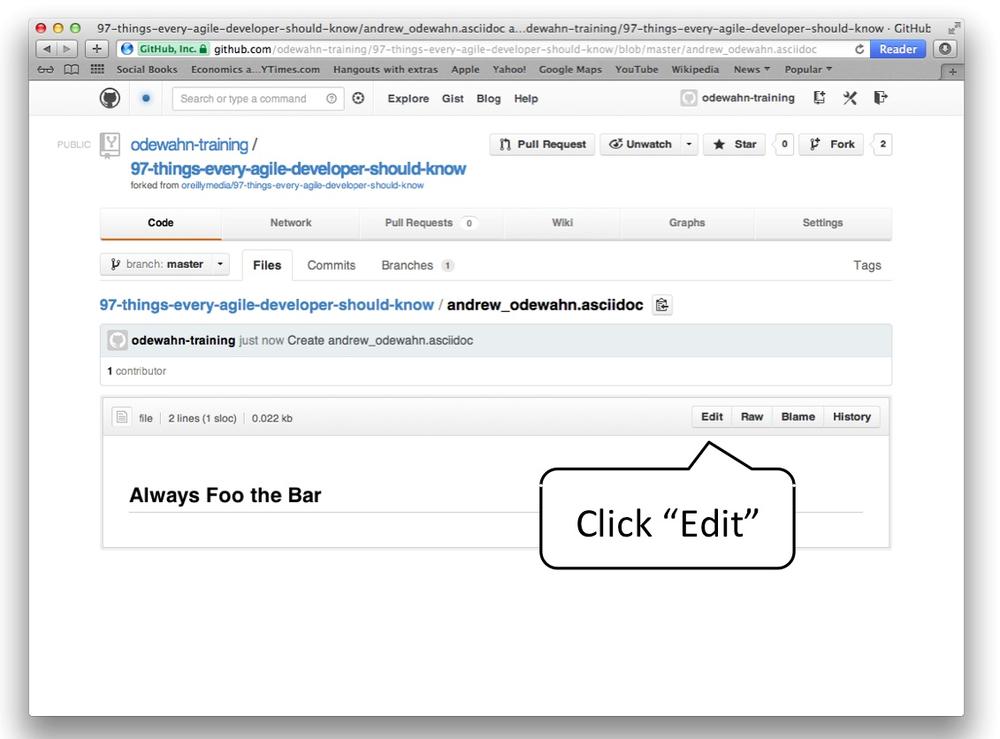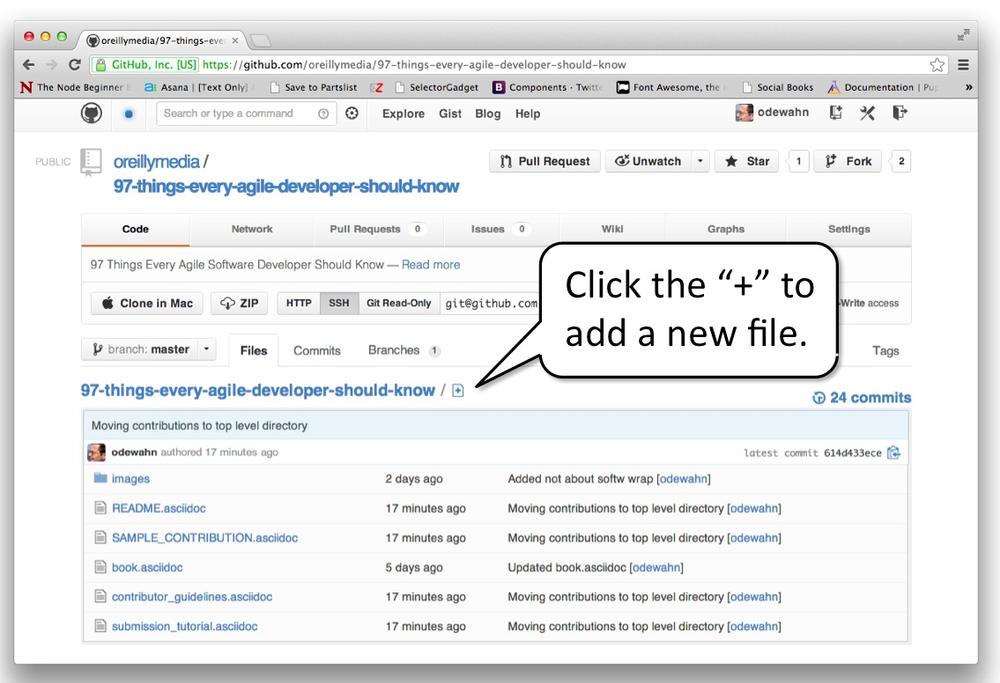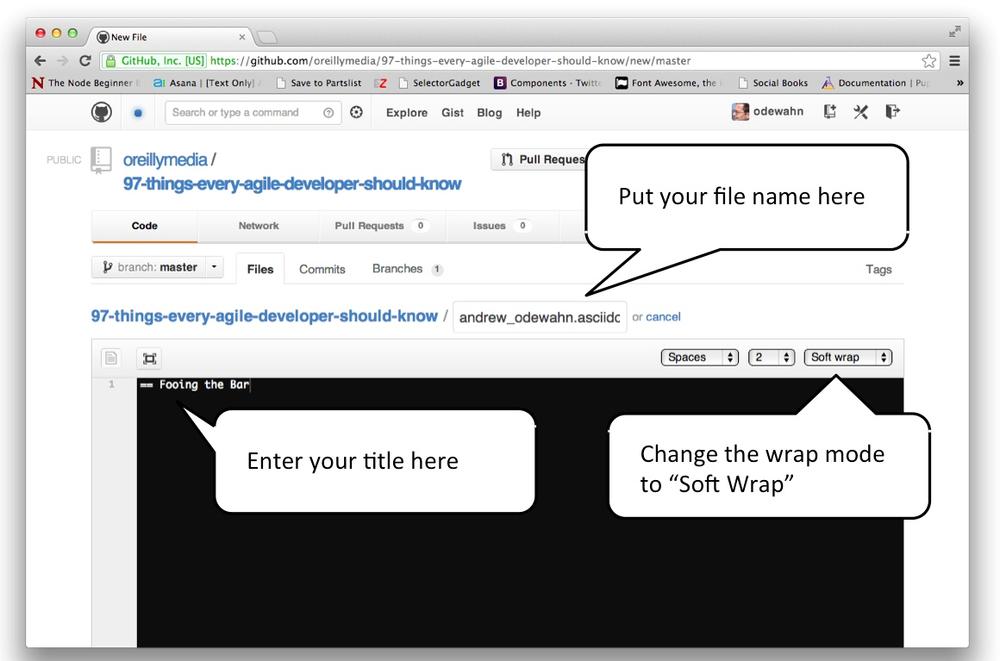If you purchased this ebook directly from oreilly.com, you have the following benefits:
If you purchased this ebook from another retailer, you can upgrade your ebook to take advantage of all these benefits for just $4.99. to access your ebook upgrade.
tudes for Erlang
Welcome to tudes for Erlang . In this book, you will find descriptions of programs that you can write in Erlang. The programs will usually be short, and each one has been designed to provide practice material for a particular Erlang programming concept. These programs have not been designed to be of considerable difficulty, though they may ask you to stretch a bit beyond the immediate material and examples that you find in the book Introducing Erlang.
This book is open source, so if youd like to contribute, make a correction, or otherwise participate in the project, check out oreillymedia/etudes-for-erlang on GitHub for details. If we accept your work, well add you to the contributors chapter.
The online version of the book is at tudes for Erlang on OReilly Labs.
Contributor Guidelines
If youre considering making a contribution, here are some guidelines to keep in mind:
Creative Commons license. All contributions made to this site are required to be made under the Creative Commons Attribution-NonCommercial-NoDerivs 3.0 Unported License. This means that by making a content contribution, you are agreeing that it is licensed to us and to others under this license. If you do not want your content to be available under this license, you should not contribute it. Submit only your own work. You warrant that all work that you contribute to this site is your original work, except for material that is in the public domain or for which you have obtained permission. Feel free to draw from your own existing work (blogs, articles, talks, etc.), so long as you are happy with the Creative Commons license. Your submission may not be accepted. Be aware that we may not be able to accept your contribution. Keep your title pithy and to the point. The title should only be a 2 to 10 words long if possible and should summarize or capture the essence of the advice. Keep your discussion between 400 and 500 words. Volunteers only. Contributions are made on a volunteer basis in other words, contributors are not paid for their contributions. The contributions will be made easily available to everyone on the Web for free. However, remember that those of you whose contributions are chosen for publication will get your name attached to your work and your bio published next to it. Any item you contribute you can also reuse in any form you wish, such as in a blog posting. Only submit a pull request when you consider your work complete. Please submit your work once it is complete. Once you make a pull request, the editor will review the submission and (possibly) suggest some changes. Reducing work in progress makes it easier for you to see your own progress and for others to see the progress of the whole project. Check spelling, word count, and formatting. Such checking seems obvious part, but it is worth a reminder sometimes it seems that it is honored more in the breach than in the observance. US spelling is used for the contributions, which should be between 400 and 500 words in length. Formatting can be checked by looking at the saved page in GitHub. If it looks right there, its probably right.
How to Contribute
If youre new to git and GitHub and just want to keep things as simple as possible, this tutorial will give you a quick and easy way to make your contribution. Here are the steps youll need to follow:
Create a GitHub account
To create and edit a page or to comment on an existing page, you will need to create an account on GitHub. If you dont have one already, then go to the GitHub Signup page. Its free.
GitHub has excellent tools for collaborating and workflow management, and will be the primary way we communicate with you over the course of the project.
Copy (fork) the project repository to your account
Once youve got an account, fork (GitHub lingo for copying) the main project to your account. To do this, go to the Etudes for Erlang repository on GitHub and click the Fork button at the upper right hand side of the screen.
The following screen will appear while GitHub copies the repository to your account:
Edit your file using AsciiDoc
Once youve got the file created, you can start editing it at your leisure. Remember to:
- Mark up your text using AsciiDoc, which is similar to Markdown and other basic wiki-like markup formats.
- Change the line wrapping from No Wrap to Soft Wrap. Otherwise, all your text will appear on a single line.
To edit the file, all you have to do is click its name in the directory listing in GitHub and then press the Edit button.
If you want to add an entirely new topic area, youll need to create a new file in GitHub. To do this, click the + button next to the directory name to create a new file
Locate the small + sign next to the repository name. (A tooltip will appear that says Create a new file here when you hover your mouse above it.) Click the \+ button:
In the new screen, youll need to:
- Enter a name for the file. Name the file according to the general topic area, and be sure to include the extension .asciidoc at the end. For example, foo_and_bar.asciidoc.
- Enter the chapter title in the editing box; it should be prefaced with two == signs. For example, == Always Foo the Bar
- Once youve entered the filename and title, the Commit Changes button at the bottom of the screen will activate. Click the button to save your file.
You will see something like this:

